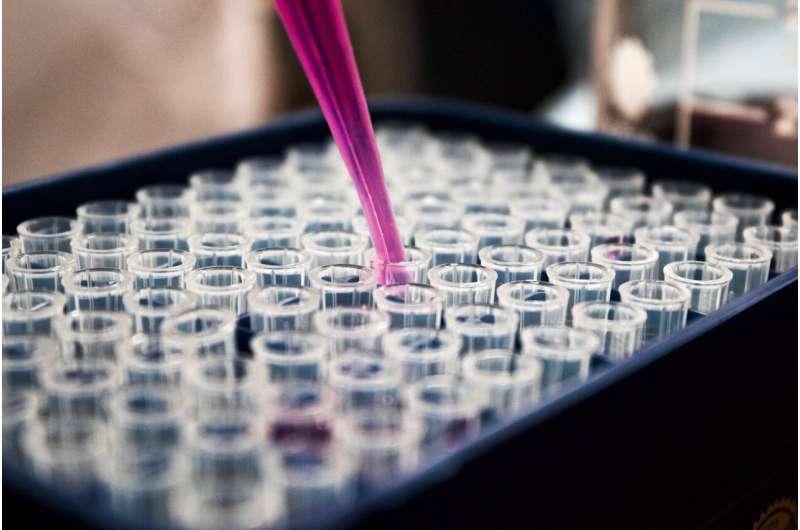The Benefits of Placenta-Based Biomaterials Over Risky Placenta Pills

Discover why placenta-based biomaterials are a safer and more effective option for wound healing than risky placenta pills, backed by scientific research and clinical applications.
Recent research highlights the advantages of using placental biomaterials instead of ingesting placenta in the form of pills or other products. While some have promoted placenta consumption for purported health and mood benefits, scientific evidence suggests that applying processed placenta as a biomaterial can be a safer and more effective approach for wound healing and tissue regeneration.
The placenta, an organ formed during pregnancy, supplies nutrients and immune support to the developing fetus through the umbilical cord. Historically, some women have consumed placentas post-childbirth, believing it enhances recovery or boosts health. However, these practices often involve raw or minimally processed placentas, which can pose health risks due to pathogens, and may diminish the organ's beneficial components through improper processing.
In contrast, placenta-based biomaterials undergo rigorous laboratory processing, including sterilization, to ensure safety and effectiveness. These materials retain vital nutrients, stem cells, and bioactive molecules that promote healing, reduce inflammation, and minimize scarring. Clinical applications include treatment for chronic wounds such as diabetic foot ulcers, where studies have shown significant improvement in healing rates.
Furthermore, placental stem cells have promising therapeutic uses, including repairing difficult-to-harvest organs like the heart, liver, and nerves. Research involving stem cell transplantation indicates potential in reversing neurodegenerative diseases and tissue degeneration.
The key distinction lies in the processing: ingested placenta products may carry risks from pathogens and may reduce beneficial components, whereas placental biomaterials are carefully prepared and approved for clinical use. The FDA has approved several placenta-derived biomaterials to aid wound healing and tissue regeneration.
Therefore, while eating placenta is unlikely to provide health benefits and can be hazardous, using bioengineered placenta-based biomaterials in medical settings offers a safe and effective option for wound repair and regenerative medicine, leveraging the placenta’s natural healing properties.
Stay Updated with Mia's Feed
Get the latest health & wellness insights delivered straight to your inbox.
Related Articles
Gut Microbiota Metabolite as a Marker and Driver of Early Atherosclerosis
A groundbreaking study reveals that a gut bacteria-derived metabolite, ImP, is both a marker and a cause of early atherosclerosis, opening new avenues for diagnosis and treatment.
CDC Staffing Disruptions Hamper HIV Research and Waste Public Funds
Recent staffing upheavals at the CDC have disrupted crucial HIV surveys, risking the loss of valuable data and wasting millions in public funds. Experts warn that these setbacks could hinder efforts to prevent and treat HIV effectively.
Turmeric Supplements May Aid Weight Loss in Diabetes Management
Discover how turmeric and curcumin supplements may support weight loss and improve obesity measures in people with prediabetes and type 2 diabetes, backed by recent research findings.



